Are you looking to jazz up your jig heads? Sometimes, an ordinary silver hook isn't enough; if this is the case for you, why not consider giving it some color? Luckily, we compiled a list of what kind of paint and paint color is best for your jig heads.
Painting jig heads is a great way to add some unique flair and individuality to your lure, as well as make it easier for you to locate in the water. Here are the top three options you can use to paint your jig heads:
- Vinyl Paint
- Powder Paint
- Acrylic Paint
In this blog post, we'll be exploring what kind of paint to use on jig heads and how best to go about applying it. So find yourself something comfortable and settle in - let's get creative!

What Is the Best Type of Paint to Use on Jig Heads?
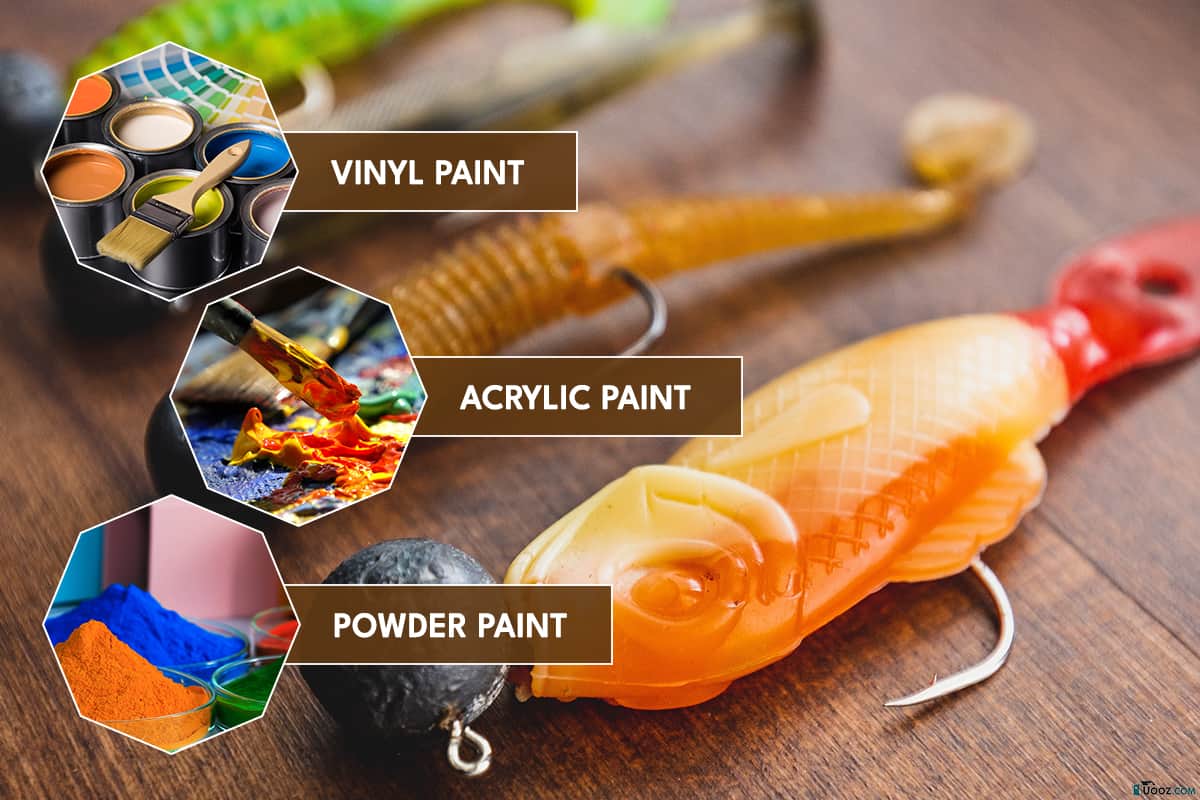
When looking for the best type of paint to use on jig heads, vinyl paint and powder paint are excellent choices.
Vinyl paint is a popular option due to its long-lasting durability and resistance to scratching and fading. It is also easy to clean, making it perfect for creating vibrant colors.
Powder paint is also a great choice for jigs, as it provides a glossy finish that resists UV rays and won't rub off or flake away. Additionally, powder paint does not require a primer before application and comes in an array of colors so you can find the perfect shade for your project.
Acrylic paint gives you plenty of flexibility when it comes to color choice and can be used on a variety of surfaces like wood and metal.
How Do I Apply Paint to a Jig Head?
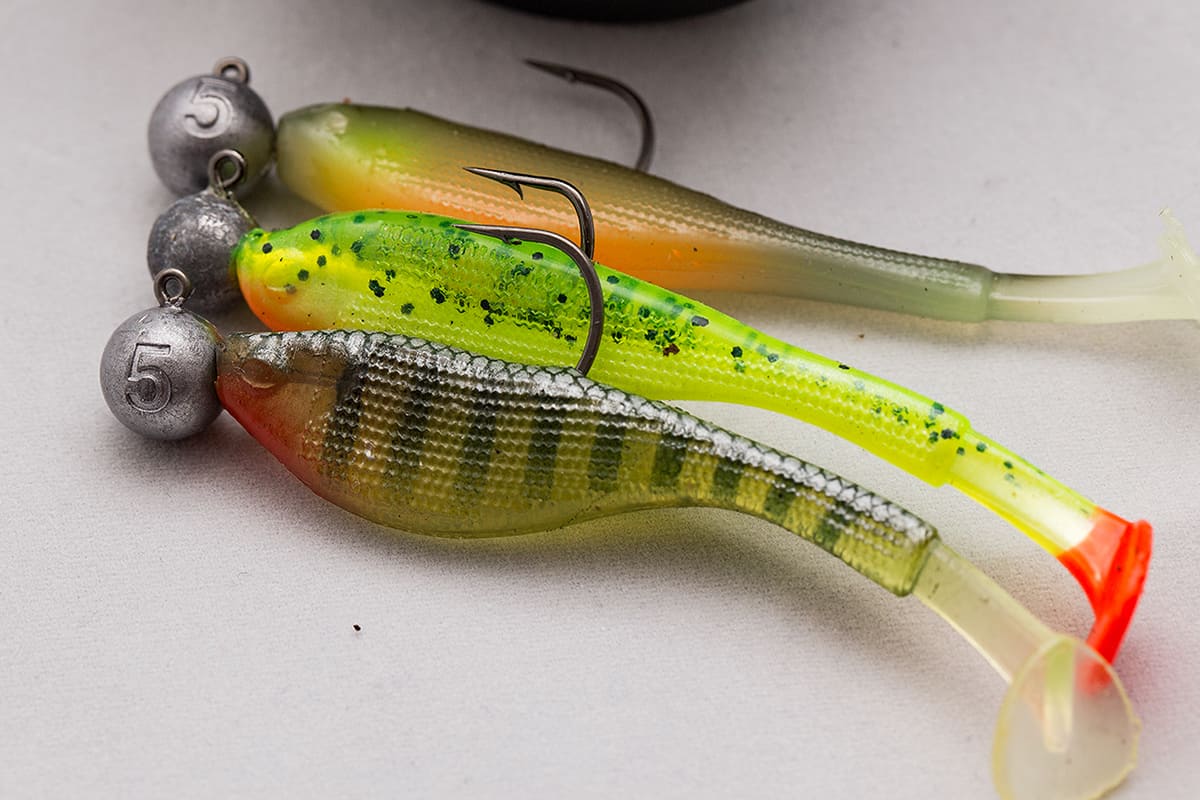
Painting jig heads is a great way to give your lures a customized, attractive look while also allowing you to be creative. To get the most out of your jig head painting project, here are some tips that you should keep in mind:
1. Prepare the Materials
Make sure that you have all the necessary supplies before beginning. This includes quality paint, primer, brushes, and protective gear. If you’re not sure what kind of paint would be best for your project, check with your local fishing supply store for advice.
2. Clean Your Jig Head
The jig head must be completely clean and free from any dirt or debris before starting. It’s also helpful to lightly sand the surface of the jig head with fine-grit sandpaper so that the primer and paint will adhere better.
Once this step is complete, apply a layer of primer and let it dry fully before applying the first coat of paint.
3. Apply Paint
When painting your jig heads, vinyl paint is typically applied with an airbrush or a spray gun, while powder paints usually come with an applicator brush that allows more precise control over the color coverage.
It would also be best to put powder paint in front of heat gun for a better finish.
Both types of paints adhere well to metal surfaces such as jig heads, allowing for vibrant colors that don't rub off easily when exposed to water or other elements.
See powder paint application demonstrated in the video below:
As for acrylic paint, use thin layers of paint rather than thick ones, as thick coats can lead to bubbling or dripping when they dry. Furthermore, multiple light coats will provide more coverage than one thick coat.
Additionally, don’t forget to add details such as eyes or stripes using either permanent markers or specialty paints—these can help get your lure an extra attraction!
4. Finishing Touches
Finally, it’s essential to let each layer of paint dry fully before adding any additional layers or details; otherwise, they won’t stick properly.
And once everything is dry, and you deem it finished (or after enough time has passed), be sure to seal the lure with a clear coat varnish for added protection against wear and tear over time.
Doing this last step will help ensure that your custom-painted jig heads stay looking their best for longer periods of time!
Can You Use Nail Polish to Paint Jig Heads?
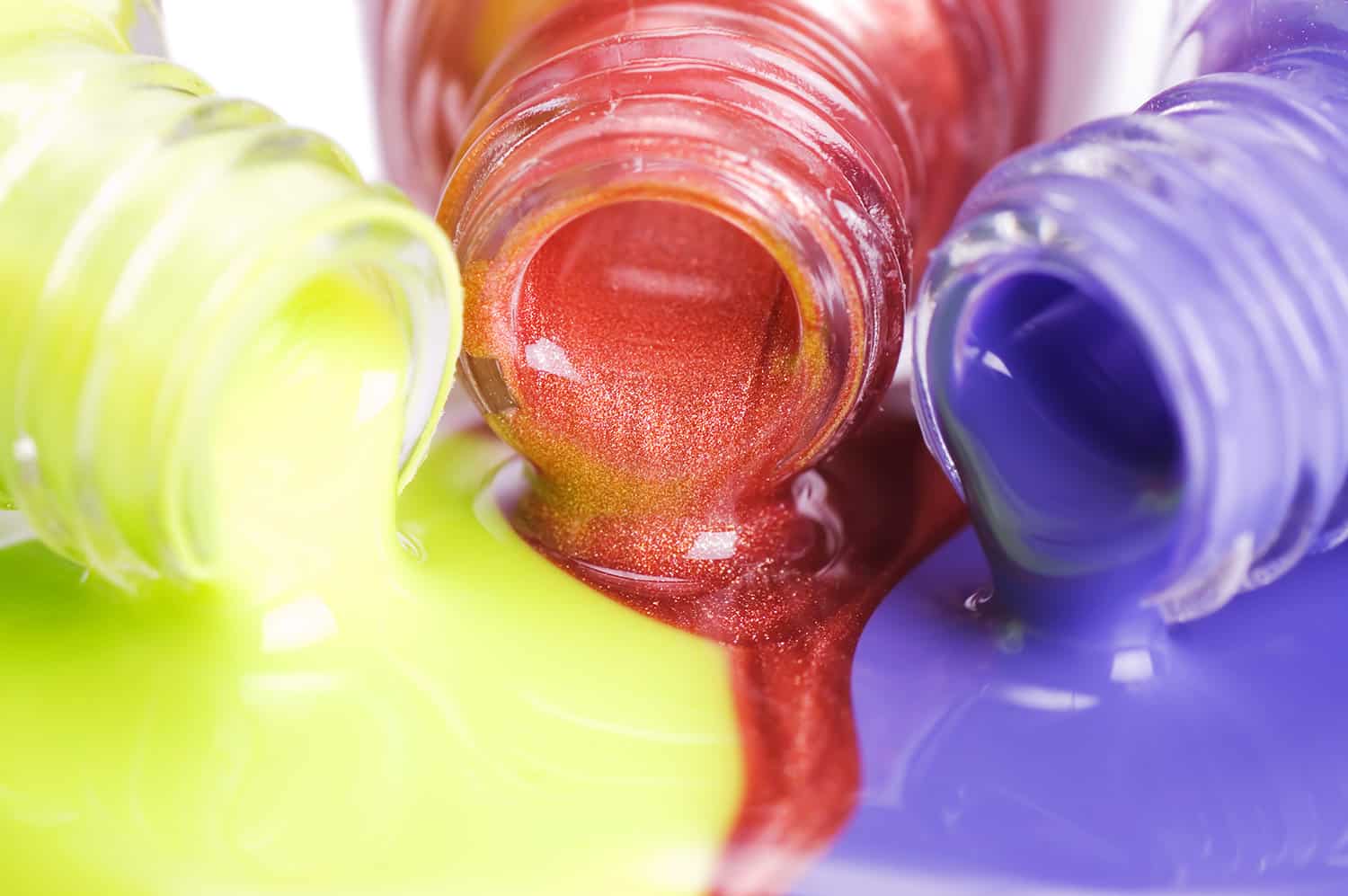
Feel free to use nail polish to paint jig heads, but there are some complaints among anglers.
Even though nail polish provides a glossy texture and comes in many different colors, it often chips off or smears easily when jig heads are exposed to water. Additionally, the chemical smell of the nail polish may be off-putting for some anglers.
Furthermore, the paint may seep into the eye or hook of the jig head and weaken its strength, making it harder for fish to bite.
To avoid these issues, many anglers prefer using a specialized UV-resistant epoxy coating that is specifically designed for fishing lures. This type of coating is thicker than regular nail polish and will not chip off easily when exposed to water.
Moreover, it does not have any strong chemical smell and will protect the eye and hook from damage due to wear and tear.
How To Choose The Right Color For Your Jig Heads?
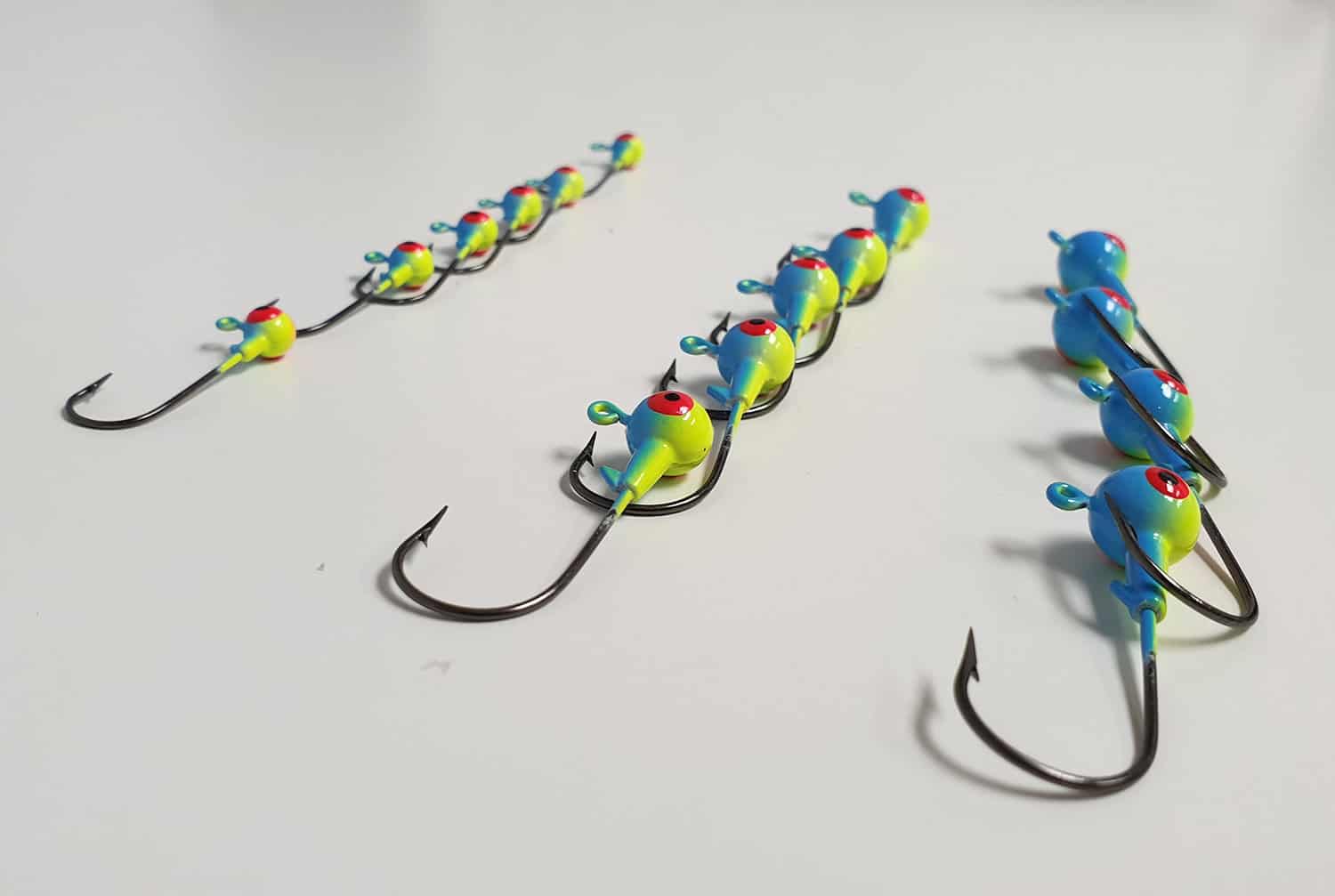
Choosing the right color for your jig heads is an important part of fishing that many anglers overlook. The color of a jig head can make all the difference in whether or not a fish takes the bait, and it's essential to consider which colors will be more effective in different conditions.
When deciding on a jig head color, one of the most important things to take into consideration include the following:
Water Clarity
You should consider water clarity for the right color of your jig head. If you're fishing in muddy water or murky lakes, then brighter colors like chartreuse, red, orange, and yellow may be more effective.
These colors are easily visible from long distances underwater and are far more likely to attract the attention of fish. On the other hand, if you're fishing in clear waters then subtler and natural tones such as browns, greens, and whites may be better suited.
Light Conditions
In sunny days or shallow waters where there's lots of light reflected off the surface, bright colors will stand out among their surroundings and draw attention from predators.
But then, under low light conditions, you should switch to darker tones such as black or dark blue that blend in better with their environment.
Type of Prey
Every species has its own preferences regarding bait presentation. Some may prefer certain colors over others based on instinctual factors related to their diet and habitat preferences, so it's worth researching what local predators have shown a positive response to before making your purchase decisions.
What Are Some of the Most Popular Paint Colors for Jig Heads?
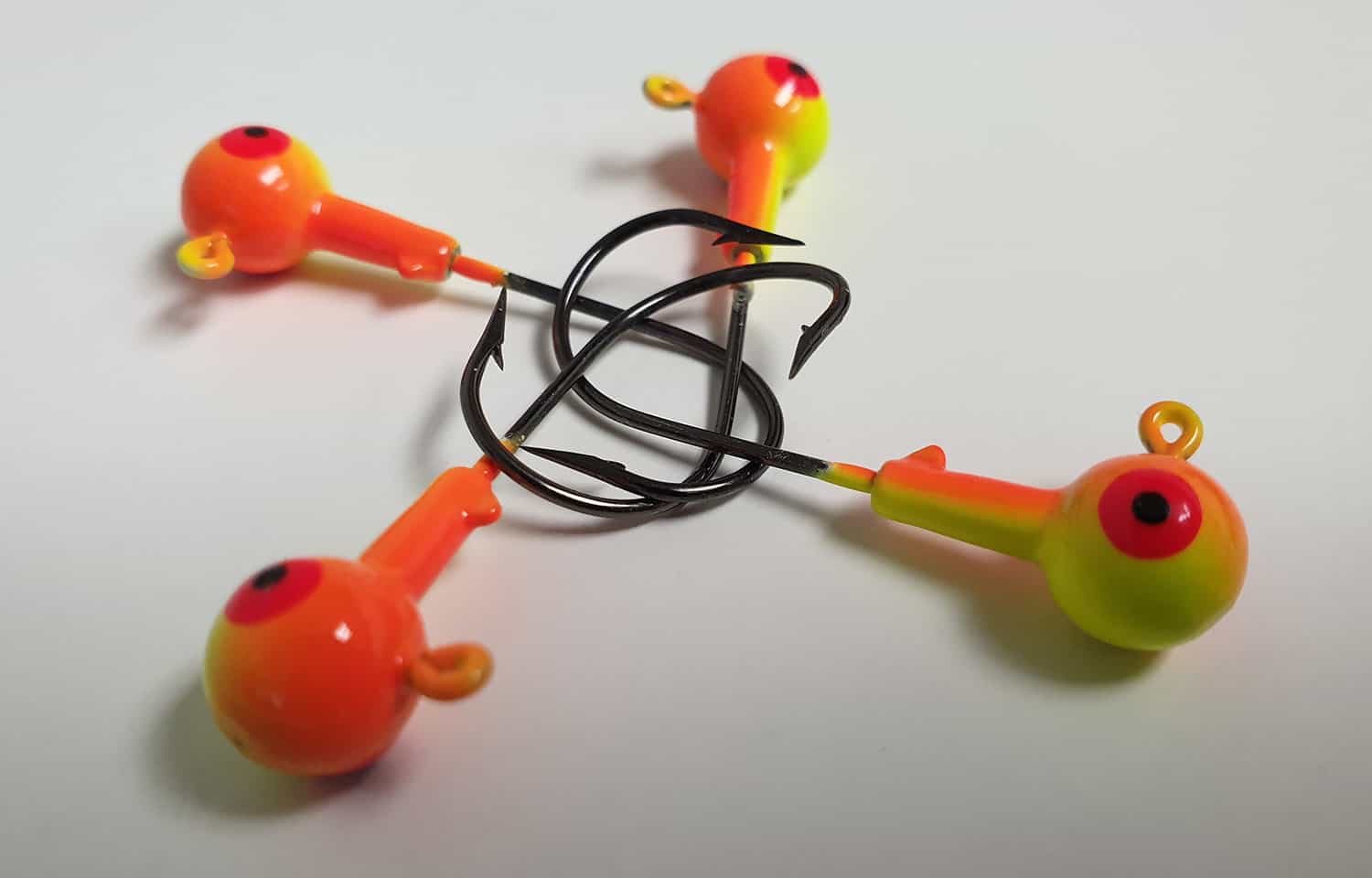
Some of the most popular paint colors for jig heads include green pumpkin, watermelon, and other related natural colors.
With these natural tones, they offer an incredibly realistic look that can help anglers draw in fish from farther distances. These colors also imitate live baitfish better than more vivid and bright ones, as they match what a predator would naturally find in its environment.
Should You DIY a Jig Head or Just Buy?
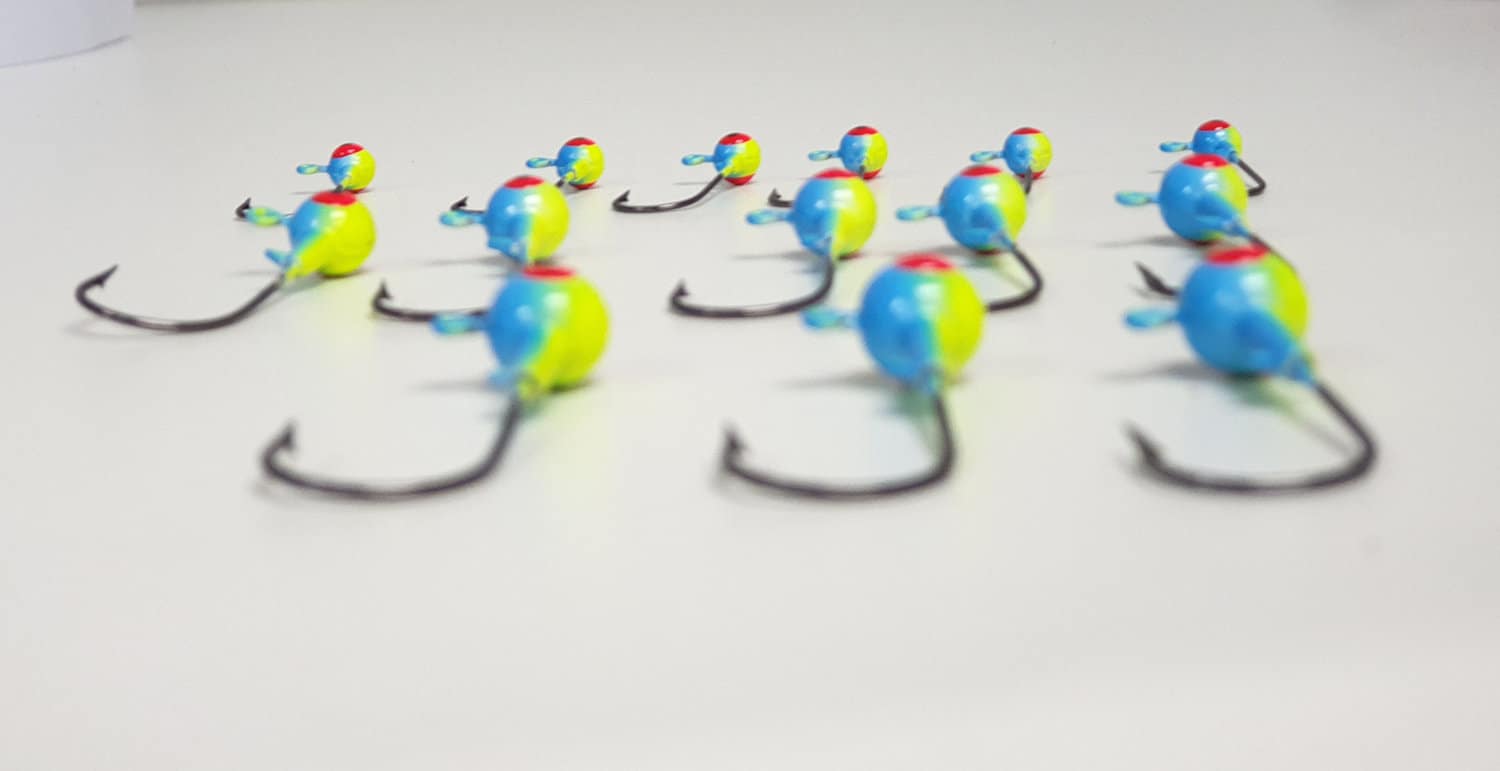
Depending on what type of jig head you're after, it may be worth considering doing it yourself. DIY jig heads are typically cheaper than buying pre-made ones, as well as more customizable to exactly meet your requirements for a specific fishing situation.
There are a lot of online tutorials out there that can show you how to make your own jigs from basic materials such as lead, hooks, and tubing. By going the DIY route, you can save money while also having a large variety of options available to choose from when picking out components and colors.
Furthermore, if you’re looking for something unique or specialized that you can’t find anywhere else, making your own jig head is a great way to get just what you need. You don’t have to settle for something that’s close enough if it doesn’t quite meet all of your needs.
With DIY jig heads, you can take full control over the design process and create whatever size and shape work best for you and the fish you want to catch.
On the other hand, if convenience is key for you, then buying pre-made jigs will likely be the better choice. Many companies offer custom-made jigs that come in a variety of sizes and colors, so finding one that meets your preferences isn't hard anymore.
Additionally, these companies use high-quality materials in their products so durability isn't an issue either - meaning they will generally last longer than anything made from less advanced materials at home.
How Do I Store My Painted Jig Heads?
Storing your painted jig heads properly is essential for keeping them safe and in good condition.
The best way to store jig heads is by placing them into individual compartments within a tackle box or plastic storage container. This will keep them organized and prevent them from becoming damaged or tangled in other items.
Buy jig head organizer on Amazon.
Additionally, you may want to consider using an airtight container if storing the jigs in a warm environment, as this will protect against moisture damage.
You should also make sure the jig heads are completely dry before storing them. This prevents rusting, which can occur when a wet jig head comes in contact with other metal items stored in the same compartment or tackle box.
If possible, you should also avoid stacking multiple layers of different sizes of painted jig heads together. This creates too much pressure on the bottom layer and can cause chipping or paint loss over time.
Final Words
It is important to use the right kind of paint on jig heads. The wrong type of paint can easily chip or flake off when you are trying to catch a fish. Make sure to do research to keep your jig head in the best condition no matter what.
For more tips on proper maintenance of your home items, see our posts below:
What Type Of Paint To Use On Bike Frame [Inc. Spray Paint Options]?



